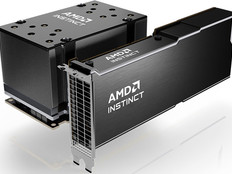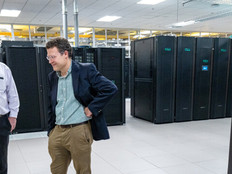You buy an out-of-the-box network switch or internet router because it requires minimal effort on your part, and when you plug it in, most of the time it just works. The downside of a network device “just working” is that it may not be properly configured for security. Compromised network devices can affect network stability and data privacy. Here’s what you should know about protecting this crucial network hardware.
1. Firewalls Help but Don’t Address Internal Vulnerabilities
A well-configured internet firewall will prevent many attacks, but attacks from within your agency’s network can easily exploit vulnerable network devices. Common vulnerabilities and exposures include denial of service, which prevents the device from functioning properly; privilege escalation, which occurs when an attacker gains improper access to the network device; and remote code execution, which a criminal can use to turn your network device into a platform for launching attacks.
Click the banner below to begin future-proofing your network.
2. Networks Need Regular Assessments to Detect Risk
A simple way to detect active vulnerabilities is to scan your network with a vulnerability assessment tool. Armed with this information, you can assess risk and begin patching. Your technology partner can recommend software versions that have resolved some of the vulnerabilities you find. Even better than a simple vulnerability scan? Bring in a security partner to assess the network, rank the severity of each vulnerability and recommend a mitigation strategy.
3. Devices That Pose Greater Risks Need Patching First
New vulnerabilities are discovered constantly, and even dedicated security professionals can have trouble keeping up. However, not all vulnerabilities pose the same risk. Some are critical, while others are ranked high, medium or low. Critical vulnerabilities represent a serious risk, and agencies should patch them immediately.
4. The Right Configuration Survives Attacks
No amount of scanning and patching can replace proper configuration. However, your IT team should ensure that your organization is using authentication, authorization and accounting schemes to limit and log what administrators do. Vendor security hardening guides can help make devices resistant to attacks. Monitoring network devices and collecting their logs can uncover unusual behavior that might indicate an attack. And periodically auditing a device’s configuration and operating state can help ensure that it is functioning in compliance with policy.












